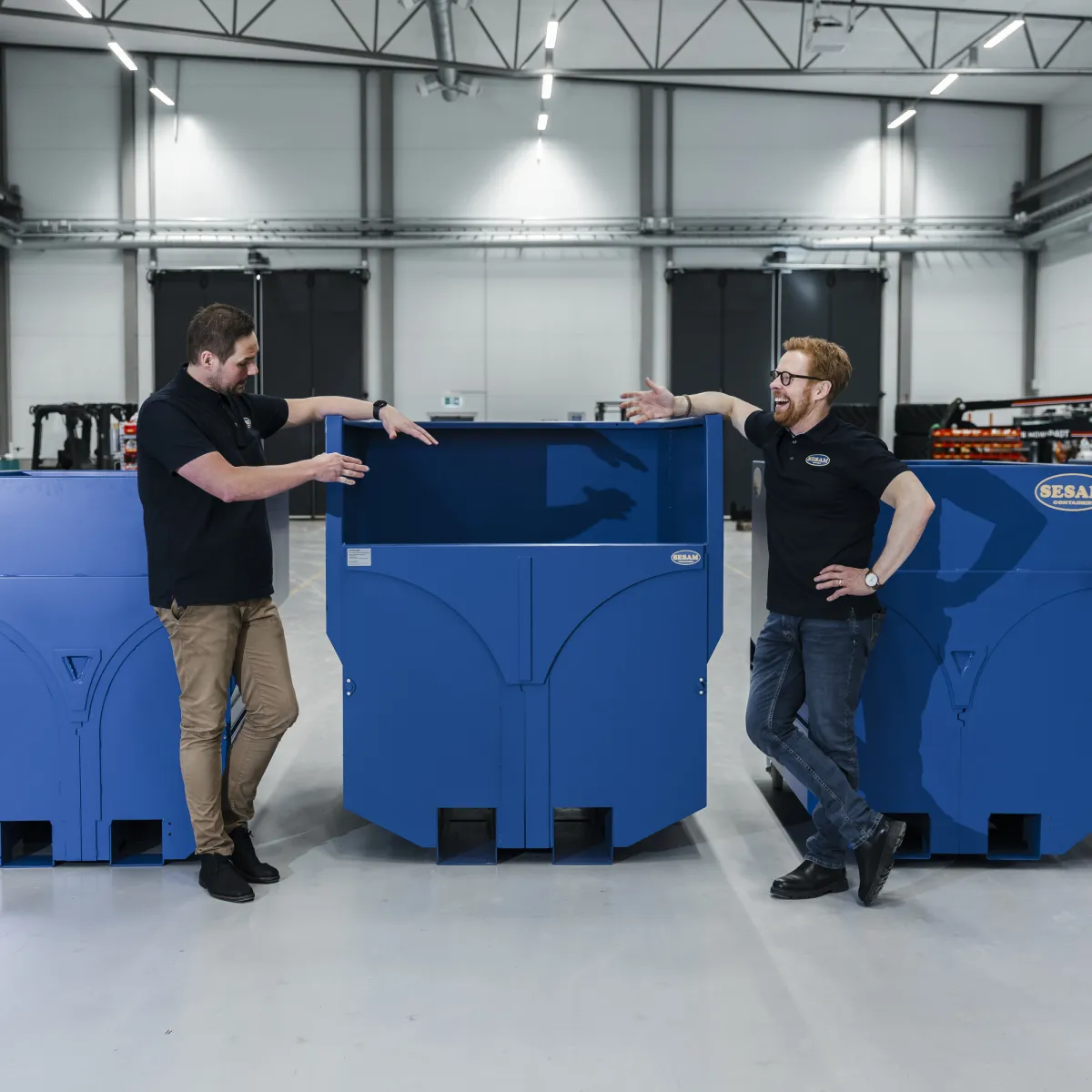Industrial Applications for Bottom Emptying Containers
Industrial Applications for Bottom Emptying Containers
Blog Article
When it comes to bottom-emptying pots, toughness is really a important factor. These bins should tolerate recurring use, varying environmental situations, and regular handling. This makes material choice a high priority. To make sure that bottom emptying container (bottentömmande container) provide extended support life and maintain their performance, producers depend on unique components engineered for power, opposition, and reliability.
Below, we spotlight the very best products that assure toughness and performance for bottom-emptying containers.
1. High-Density Polyethylene (HDPE)
High-Density Polyethylene, or HDPE, is one of the very commonly used products for durable containers. Noted for their impact opposition and mobility, HDPE can handle both heavy masses and hard handling. That product is very ideal for tough industrial use and outdoor situations because of its opposition to UV rays and chemicals. Furthermore, HDPE is lightweight, rendering it simpler to transport and handle without diminishing on strength.

Why Choose HDPE?
Excellent resistance to weather and compounds
Lightweight but solid
Environmentally friendly, since it is recyclable
2. Stainless Steel
For industries requesting heavy-duty longevity or sanitary problems, stainless steel is a perfect material. It's effective, extremely immune to corrosion, and capable of withstanding severe temperature fluctuations. More over, stainless ensures endurance, making it a cost-effective selection in the extended run. Its clean area also simplifies maintenance and cleaning, which can be priceless for purposes in food control or healthcare industries.
Key Benefits of Stainless Steel
Outstanding strength and durability
Rust-proof and perfect for long-term use
Easy to wash and maintain
3. Fiberglass-Reinforced Plastic (FRP)
Fiberglass-Reinforced Plastic (FRP) is just a high-performance material mixing the potency of fiberglass with the cost-effectiveness of plastic. FRP excels in extremely corrosive and chemical-heavy surroundings, which makes it a fantastic selection for bins used in substance production or storage. Additionally, FRP bins are lightweight, creating them simpler to move compared to metal equivalents.
Advantages of FRP
Corrosion-resistant in challenging conditions
Lightweight and easy to deal with
Could be customized for unique applications
4. Aluminum
Each time a balance between energy and light design is required, metal stands apart as a top option. It is specially favored for programs that want mobility due to its reduced weight. Aluminum is corrosion-resistant, rendering it suited to outdoor conditions or places subjected to moisture.

Highlights of Aluminum
Excellent lightweight-to-strength relation
Corrosion-resistant for outdoor use
Sustainable as it is recyclable
Choosing the Right Material for Your Needs
The option of substance for bottom-emptying pots is dependent upon the particular program, environmental situations, and expected load capacity. HDPE is ideal for cost-effective flexibility, while stainless presents unparalleled power for sanitary environments. FRP and aluminum, on the other give, appeal to industries seeking lightweight or very corrosion-resistant options.
By selecting the right material, you can guarantee your containers offer lasting performance, remain practical over time, and match distinctive operational needs. Report this page